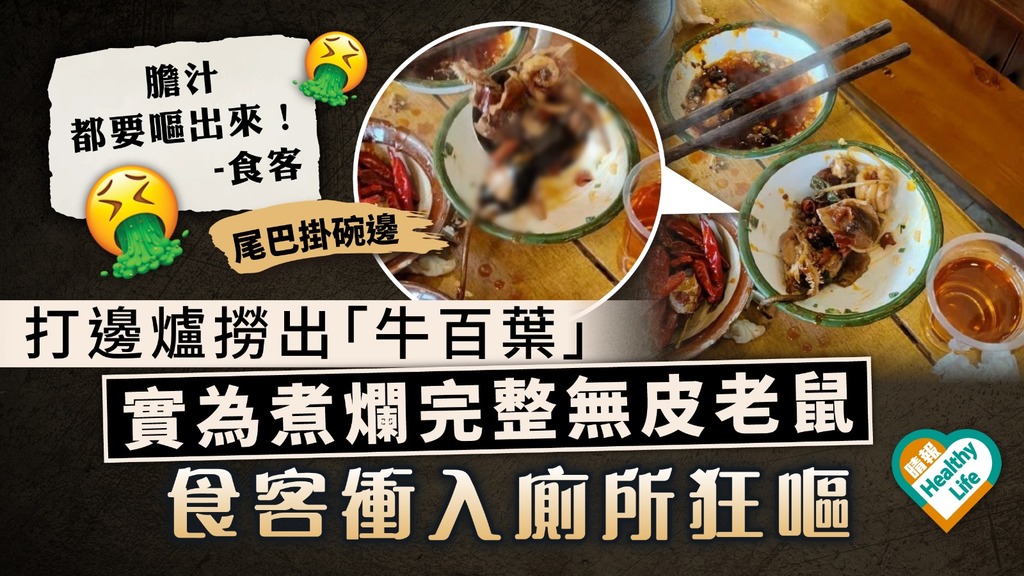The repercussions of the government’s announcement of a solution to compensation for victims of forced labor during the Japanese occupation have not subsided. The main point is that Korean companies, which received the funds for the claims, pay back instead of the perpetrators, the Japanese companies. The government did not even use the expression ‘compensation’. In the midst of this, he also announced that he would not exercise his right to indemnify Japanese companies to pay later. Japan did not make a separate apology or expression of regret for the forced labor. It only revealed a comprehensive position, ″to inherit the historical awareness including the 1998 Korea-Japan joint statement″. In Japan, it is evaluated as a “diplomatic complete victory without conceding anything to the opponent.”
Victims are protesting that it is a measure that goes against the purpose of the Supreme Court’s compensation ruling. The government insists that the decision is for the common interest of both Korea and Japan, that is, for the national interest. Judgment on the national interest that can be obtained through this forced labor solution is mixed. It is also unclear whether actual compensation can be made as the government sees fit. If the victim refuses the ‘third party reimbursement method’ proposed by the government, another legal battle may take place. The nature of the money to be raised through the foundation may also be problematic. What is the reality of the national interest put forward by the Yoon Seok-yeol government, and the issues surrounding the compensation solution and the possibility of realization? <스트레이트>has been analyzed
The discharge of contaminated water from nuclear power plants is ‘in front’, but the government is ‘backward’?
Japan has decided to discharge contaminated water from the Fukushima nuclear power plant into the sea starting this year. After removing 62 radionuclides through a purification system called ALPS, Japan announced that it would release only contaminated water that is lower than the regulatory standard. However, questions are being raised about the reliability of the contaminated water data released by TEPCO ahead of discharge. It was also known that about 70% of the contaminated water stored in the tank did not meet the radioactive concentration standard. Japan caused a stir last month when it decided to reduce the number of nuclides to be measured before release to 30. Discharge of contaminated water is imminent, but questions about safety remain unresolved.
Countries along the Pacific coast are paying extraordinary attention to research by hiring foreign experts. Our government does not detect any movement. Introducing TEPCO’s claim on the reliability of contaminated water as it is, they are repeating the word ‘we are verifying’. National unrest is mounting, but there is no way to obtain related information. Some of the contaminated water will someday reach our seas, and marine products caught in the Pacific Ocean will also come to our table. On the 12th anniversary of the Fukushima nuclear accident, <스트레이트>visited the site and the Japanese government in preparation for the discharge of contaminated water.
![[스트레이트 예고] Why do we spend that money… / Fukushima ‘discharge’ is also silent? [스트레이트 예고] Why do we spend that money… / Fukushima ‘discharge’ is also silent?](https://image.imnews.imbc.com/replay/straight/__icsFiles/afieldfile/2023/03/12/k230312-12.jpg)

